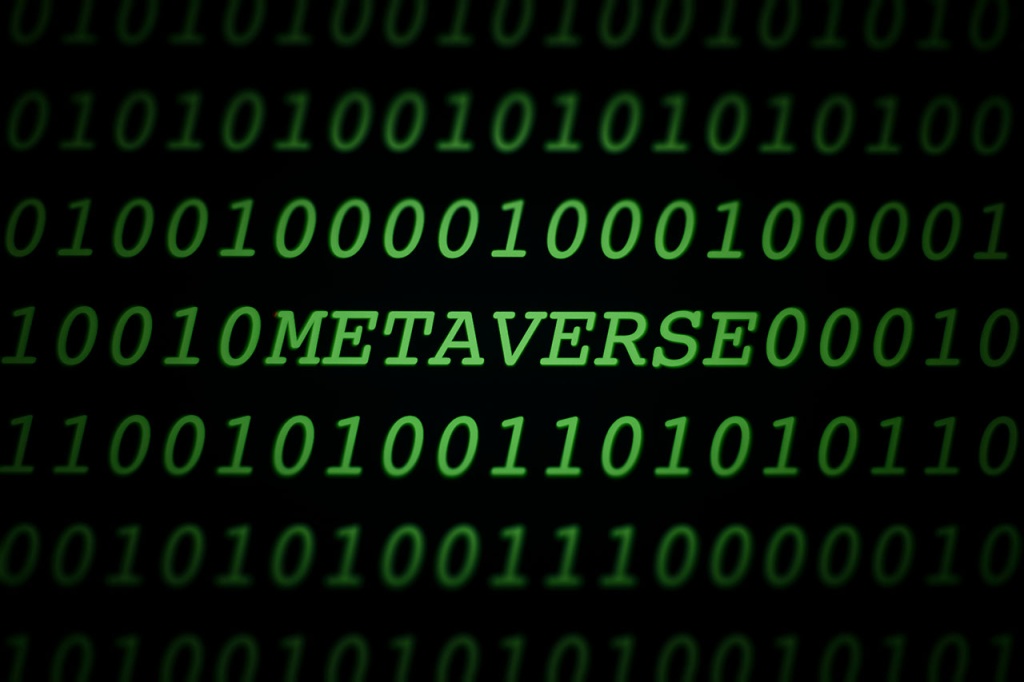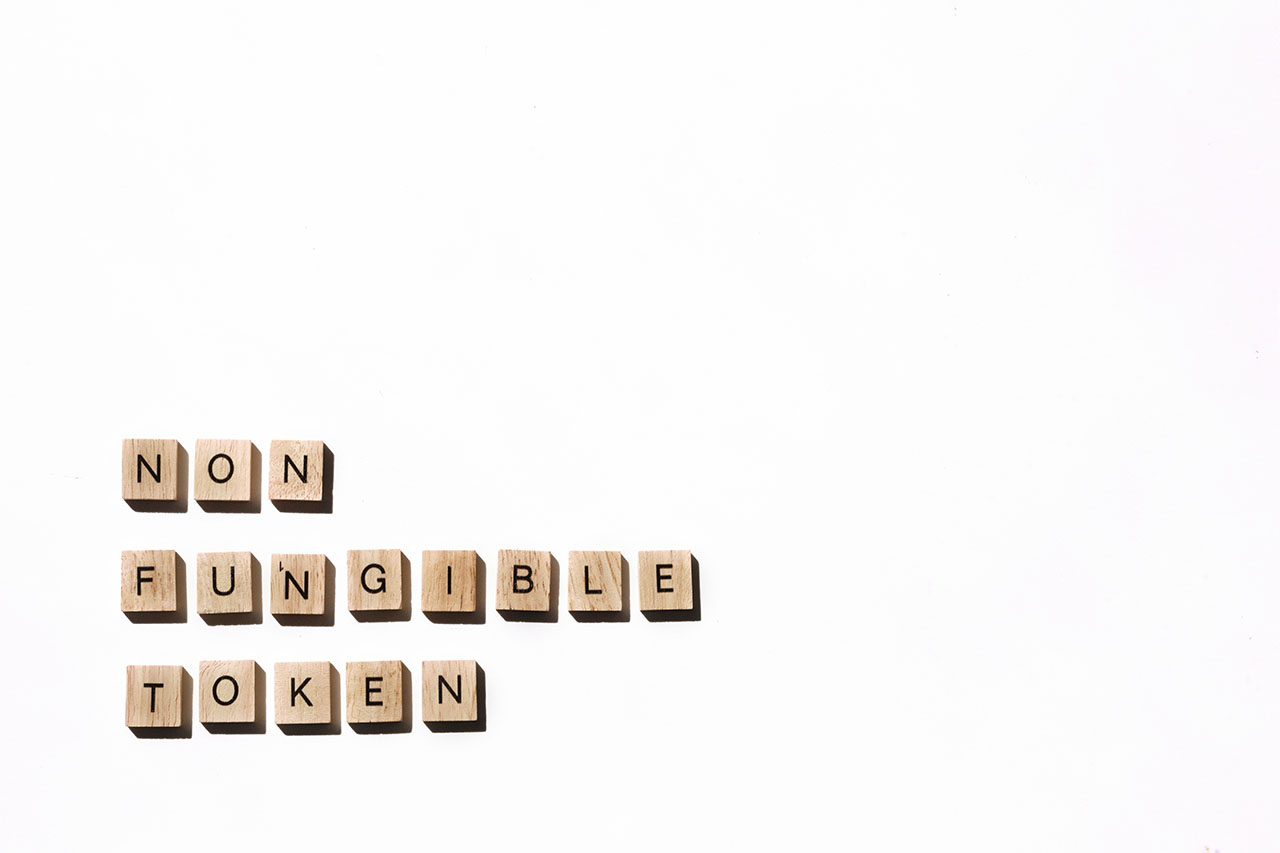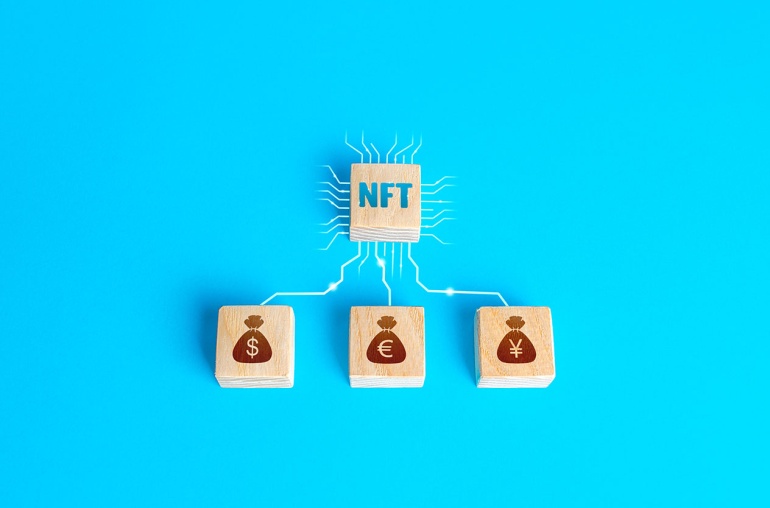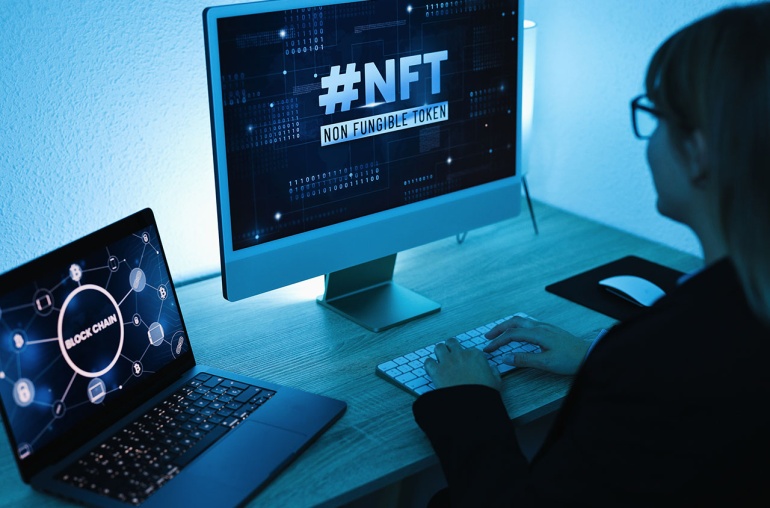The link between cryptocurrencies and blockchain is as old as the inception of both technologies. In the past, the latter was only considered suitable for the managing and running of crypto systems. However, blockchain has so much more to offer. Its potential goes way beyond facilitating the global cryptocurrency trade.
Nowadays, authorities, businesses, and individuals could store citizen data, real estate info, identification details, and other vital stuff on blockchain. Soon, colleges would be able to issue diplomas and degrees to their students in the form of “digital documents.” These would be acceptable to academic regulatory agencies around the world.
At this point, the applications of blockchain seem endless. The versatile technology is set to change the world in unimaginable ways. How did we get here? This is where fungible and non-fungible tokens (NFTs) come in. Many consider NFTs to be the future of blockchain-powered economies across the globe. However, they’re frequently compared to existing crypto assets (fungible tokens) like Bitcoin, Litecoin, Ethereum, etc.
This piece will examine that comparison in detail and illustrate what makes non-fungible tokens different from their fungible counterparts. So, without further ado, let’s get into the discussion.
Fungible Tokens
Cryptocurrencies like Bitcoin, Ethereum, Cardano, and Litecoin are fungible tokens. On the other hand, fiat currencies (dollars, euros, rubles, etc.), gold bars/ingots, and stocks are fungible assets. Fungible tokens are classified as “divisible assets” that aren’t unique and can be easily exchanged for similar items.
These tokens are prepared so that every fraction of one token has an equal value to the next one. For instance, Bitcoin is the best-known cryptocurrency on the planet. It’s also fungible, meaning that Bitcoin tokens can be exchanged for an equivalent amount of another cryptocurrency (Litecoin, Ethereum, etc.), fiat currency (dollars, euros, etc.), or other similar assets.
Hence, in general, the “fungibility” of a commodity can be defined as its “ability to be interchangeable with some other asset having the same (or similar) value.
Non-Fungible Tokens
Non-Fungible Tokens, or NFTs, are a recent innovation within the crypto and blockchain space. They enable users to easily track an asset’s real ownership (previous and current). The term “non-fungible” simply refers to something unique and not exchangeable with anything else.
In other words, you can think of NFTs as real-world stuff holding some value. The only difference is that they exist in the digital space and can be traded online, usually while using cryptocurrency as a mode of payment. NFTs are a complete entity that cannot be divided further into various pieces.
The concept of “non-fungible tokens” originates from the blockchain phenomenon, specifically Ethereum blockchain. In that regard, NFTs are data units recorded on a blockchain-powered network that validates the uniqueness of a digital asset. A variety of digital commodities can be stored over blockchain, including audio clips, videos, photos, virtual documents, and more!
Fungible vs. Non-Fungible Tokens
Following are some aspects that set fungible and non-fungible tokens apart.
Property
As discussed already, NFTs are unique data units stored on blockchain for certification. In contrast, fungible tokens aren’t unique. This means that exchanging them with other items of the same or similar value is possible. Examples include different fiat currencies like the US dollar as well as crypto assets such as Bitcoin and Litecoin. NFTs are generally non-divisible while fungible tokens are.
Terminology
As mentioned earlier, the “fungibility” of any commodity refers to its “interchangeability with similar assets holding the same or similar value.” For instance, you borrow $100 from a friend, and they hand you a solitary bill. You agree to pay them back within a week. However, at the end of those seven days, you don’t have a $100 bill. Instead, you hand your friend two $50 bills. In total, you still borrowed $100 from your friend and returned the same amount a week later.
On the flip side, if you borrow your friend’s car, you have to give back the same vehicle to them. You can’t return a week later and hand over a completely different vehicle. In essence, that particular vehicle model is unique and collectible, making it non-fungible.
Standard
Fungible tokens work on the “ERC20 standard.” This is among the most important Ethereum tokens dependent on blockchain. It’s similar to Bitcoin, Ether, and Bitcoin Cash. ERC20 is also one of the finest blockchain protocols out there.
On the contrary, NFTs utilize the “ERC721 standard” on an Ethereum blockchain. This particular setup enables developers to tokenize the ownership of any random bits of data. It’s especially handy when a user wants to transfer the ownership of an entire commodity that cannot be divided into multiple portions.
Types of Tokens
The beauty of the crypto space is that tokens can be created and utilized for all types of products and services. For instance, there are “payment tokens,” which you can use to pay for any exchanges within the digital world. Prominent examples include Litecoin (LTC), Ethereum (ETH), and Bitcoin (BTC).
Furthermore, you have “security tokens.” These are conventional assets such as shares/stocks depicted in the form of digital tokens over a blockchain setup. In the same way, “utility tokens” provide their owners access to blockchain-powered products and services.
What Sets Tokens Apart from Cryptocurrencies?
The same blockchain technology is behind the running of both crypto tokens and cryptocurrencies. However, the latter are typically used as “payment coins” functioning on their unique blockchain networks. Examples include Bitcoin (BTC), Litecoin (LTC), and Ether (ETH). You can also consider them as “fungible crypto tokens” having inherent value or a “medium for buying or selling stuff.”
On the other hand, crypto tokens are developed on a slightly different blockchain. This is usually the Ethereum blockchain with different standards like Chainlink, Uniswap, and ERC20.
Conclusion

With the world growing more and more digital with each passing day, NFTs offer a viable solution for token ownership. This would enable the swift digitization of assets existing in the real world. Non-fungible tokens are set to change the business world in many different ways.
We hope this piece gave you a proper understanding of the differences between fungible and non-fungible tokens. Keep following The Crypto World for more such engaging pieces. See you all again soon!



